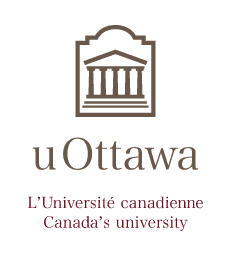 |
(CRM-, Joint-) ColloquiumFridays 3:30pm, Room B005,
Supported by |
 |
(CRM-, Joint-) ColloquiumFridays 3:30pm, Room B005,
Supported by |
Coffee: Common Room, before the colloquium at 3pm.
(Carleton-uOttawa shuttle information)